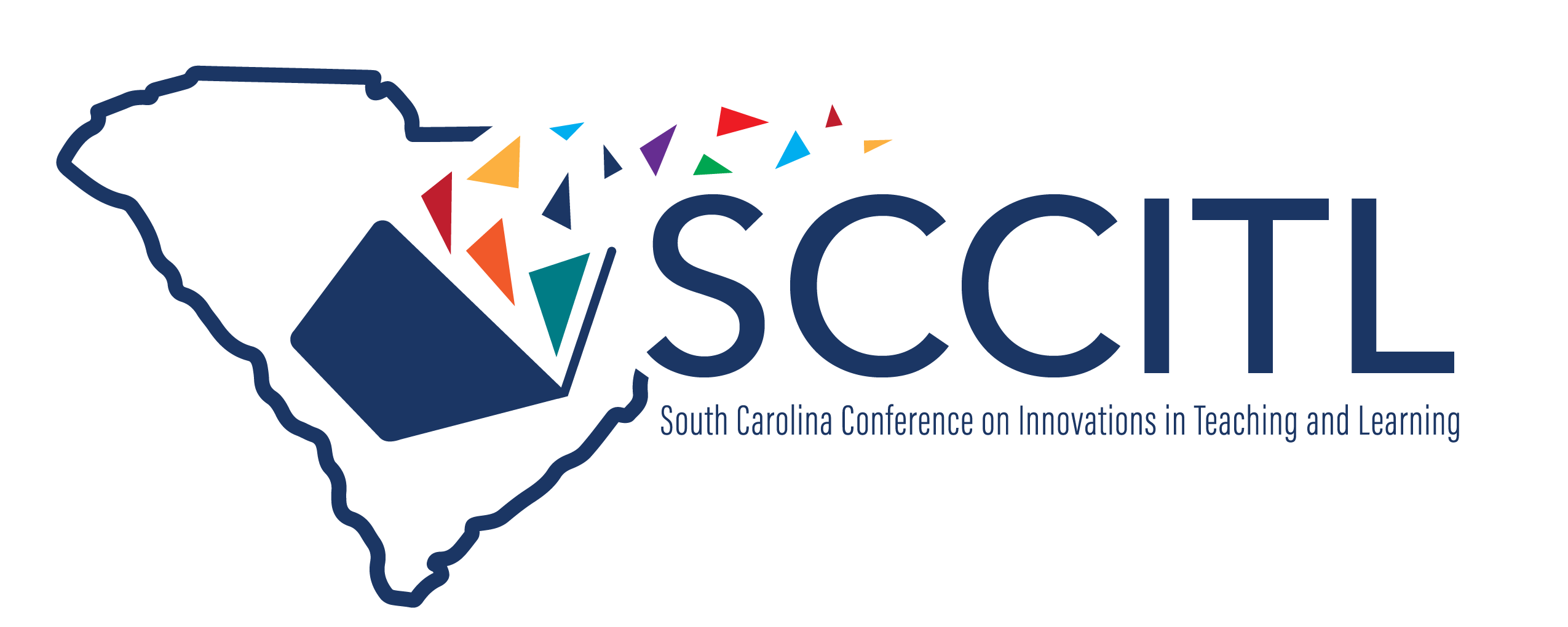Using Technology for Effective Hyflex Instruction: Best Practices, Challenges, and Opportunities
Track Choices
Instructional Technology
Abstract
Classroom technology and increased student comfort with video instruction through streaming services such as YouTube have created opportunities for enhanced learning in both face-to-face and remote contexts. Working professionals encounter travel and distance-related obstacles that limit access to universities, however, digital technology and distance learning practices lower barriers to education by allowing those who were physically or financially limited to participate. This transition is not automatic—not all degree programs are available online, and some convert more easily to online modalities than others. Meanwhile, there has been a great deal of scholarship on the appropriate use of classroom technology to enhance the effectiveness of teaching and learning (Estes, et al., 2005; Kranzfelder, et al., 2019; McCoy, et al., 2018; Yuying, 2020). One new classroom technology used widely this academic year was the Swivl, a robotic mount for an iPad, camera, or smartphone that comes with a remote control Marker. It tracks and records videos of a moving person and allows educators to record a variety of videos for professional development, flipped classrooms, and teacher or student observations. This presentation will highlight some classroom technology that is easy to use and learn. Specific items include: the Swivl, electronic writing/drawing tablet, electronic pen, and USB document camera.
Using Technology for Effective Hyflex Instruction: Best Practices, Challenges, and Opportunities
Zoom Room 5
Classroom technology and increased student comfort with video instruction through streaming services such as YouTube have created opportunities for enhanced learning in both face-to-face and remote contexts. Working professionals encounter travel and distance-related obstacles that limit access to universities, however, digital technology and distance learning practices lower barriers to education by allowing those who were physically or financially limited to participate. This transition is not automatic—not all degree programs are available online, and some convert more easily to online modalities than others. Meanwhile, there has been a great deal of scholarship on the appropriate use of classroom technology to enhance the effectiveness of teaching and learning (Estes, et al., 2005; Kranzfelder, et al., 2019; McCoy, et al., 2018; Yuying, 2020). One new classroom technology used widely this academic year was the Swivl, a robotic mount for an iPad, camera, or smartphone that comes with a remote control Marker. It tracks and records videos of a moving person and allows educators to record a variety of videos for professional development, flipped classrooms, and teacher or student observations. This presentation will highlight some classroom technology that is easy to use and learn. Specific items include: the Swivl, electronic writing/drawing tablet, electronic pen, and USB document camera.


